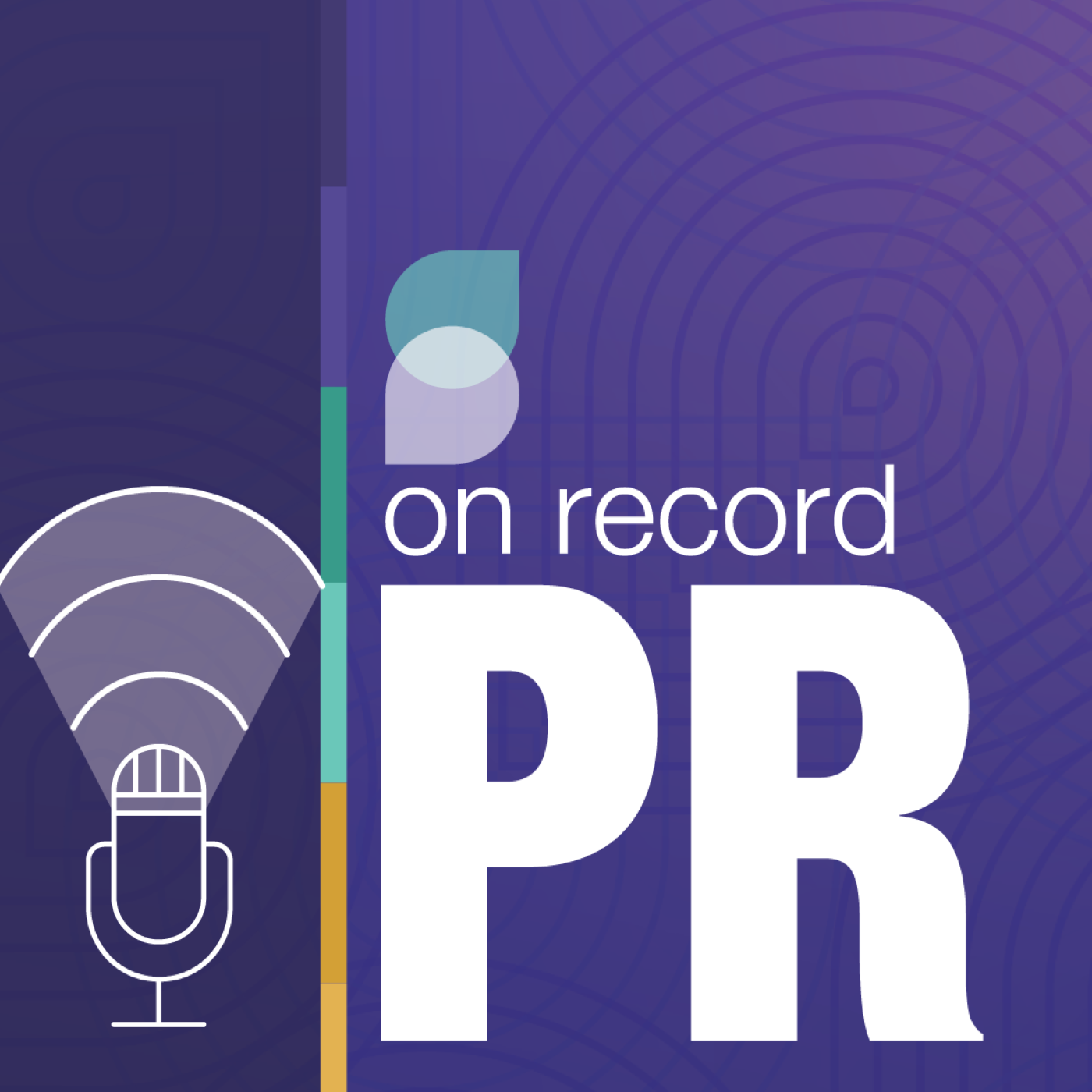Reverse Discrimination and the Future of DEI: What Ames Means for Employers
In this episode of On Record PR, Gina Rubel goes on the record with Eric Meyer, a founding partner of Pierson Ferdinand and the publisher of TheEmployerHandbook.com. Gina and Eric dive into the Supreme Court’s unanimous decision in Ames v. Ohio Department of Youth and what this means for all employers, including law firms.
Could you tell our listeners the basic facts and issues in Ames?
In Ames v. Ohio Department of Youth Services, the Court unanimously struck down a rule that imposed an extra legal burden on so-called “majority-group” plaintiffs under Title VII.
Essentially, this is a reverse discrimination case.
Marlean Ames, a heterosexual woman, worked for the Ohio Department of Youth Services in various roles since 2004. In 2019, Ames was passed over for promotion and later demoted—each time in favor of gay colleagues. She subsequently filed a lawsuit against the agency under Title VII, alleging that she was denied a promotion and demoted because of her sexual orientation. The Sixth Circuit granted Summary Judgment in favor of the Ohio Department of Youth Services. They essentially said that Ames couldn’t even get to trial unless she could prove that her employer was the rare kind that discriminates against majority-group employees.
What is Title VII for any listeners who may not be familiar with it?
Title VII prohibits employers from discriminating against employees based on race, color, religion, sex, or national origin.
What did the Court rule and why?
The Supreme Court said that:
- Title VII protects individuals, not groups.
- Courts can’t make plaintiffs prove more based on their identity.
- And the burden at the first step of a discrimination case isn’t supposed to be hard.
The justices threw out the Sixth Circuit’s “background circumstances” rule and sent the case back for a fresh look under the same standard everyone else gets.
So, what is the message to all employers, including law firms?
Bias is bias. The legal standard doesn’t change based on who you are.
Justice Thomas—joined by Justice Gorsuch—also used the case to criticize the whole McDonnell Douglas framework. He called it a judge-made construct that doesn’t appear anywhere in the statute and suggested it might be time to toss it all together.
Why is this case important to employers, including law firms and how does it affect the legal industry’s challenges regarding diversity, equity and inclusion?
This isn’t just a tweak to courtroom rules—it’s a reminder that how you apply your internal policies matters. Consistency is key. Whether you’re investigating complaints, responding to allegations, or making employment decisions, the same rules apply regardless of who brings the concern.
This case came before the Supreme Court while the Trump administration has been targeting diversity, equity, and inclusion programs and practices throughout the federal government, in law firms, and in large companies.
You might remember the Students for Fair Admissions, Inc. v. President and Fellows of Harvard College case in which the Supreme Court ruled that Harvard’s admissions process, which considers race as a factor, violated the Equal Protection Clause of the Fourteenth Amendment. This ruling effectively ended affirmative action in college admissions, meaning universities can no longer use race as a factor in their admissions decisions.
DEI is different. It’s not affirmative action. It’s not inherently unlawful. DEI programs aim to promote workplace diversity and inclusion.
However, there’s another Supreme Court decision worth considering here. In Muldrow v. City of St. Louis, the Court unanimously held that an employee only needed to show some harm when claiming discrimination – the harm need not be “significant” or “material.” This decision lowered the threshold for what constitutes an adverse employment action, making it easier for employees to bring discrimination claims.
In light of the Muldrow and Ames decisions, certain DEI efforts could potentially lead to claims of disparate treatment if they result in any disadvantage to employees based on protected characteristics. For example, if a DEI program includes race-restricted access to mentoring or training programs, or if promotions are influenced by demographic targets, employees who are excluded or adversely affected might claim discrimination under Title VII.
What should employers, including law firms, do to comply with Title VII?
- Employ non-biased hiring practices based on merit
- Anonymized personal information in recruiting and hiring practices
- Review internal complaint procedures
- Use consistent documentation in how concerns are addressed
- Reinforce that your policies protect all employees
- Follow the same procedures for every complaint.
- Avoid assumptions based on an employee’s demographics
Consistency, fairness, and documentation remain your best tools for minimizing legal risk.
Resources:
- Ames v. Ohio Department of Youth
- Statement from EEOC Acting Chair Andrea Lucas Celebrating the Supreme Court’s Unanimous Ruling in Ames Restoring Evenhanded Application of Title VII (June 6, 2025): https://www.eeoc.gov/wysk/statement-eeoc-acting-chair-andrea-lucas-celebrating-supreme-courts-unanimous-ruling-ames
- TheEmployerHandbook.com
- Title VII of the Civil Rights Act of 1964: https://www.eeoc.gov/statutes/title-vii-civil-rights-act-1964
- Law Firm ERGs Under Scrutiny: Navigating Compliance, Risk, and Culture: https://www.furiarubel.com/podcasts/law-firm-ergs-under-scrutiny-navigating-compliance-risk-and-culture/
